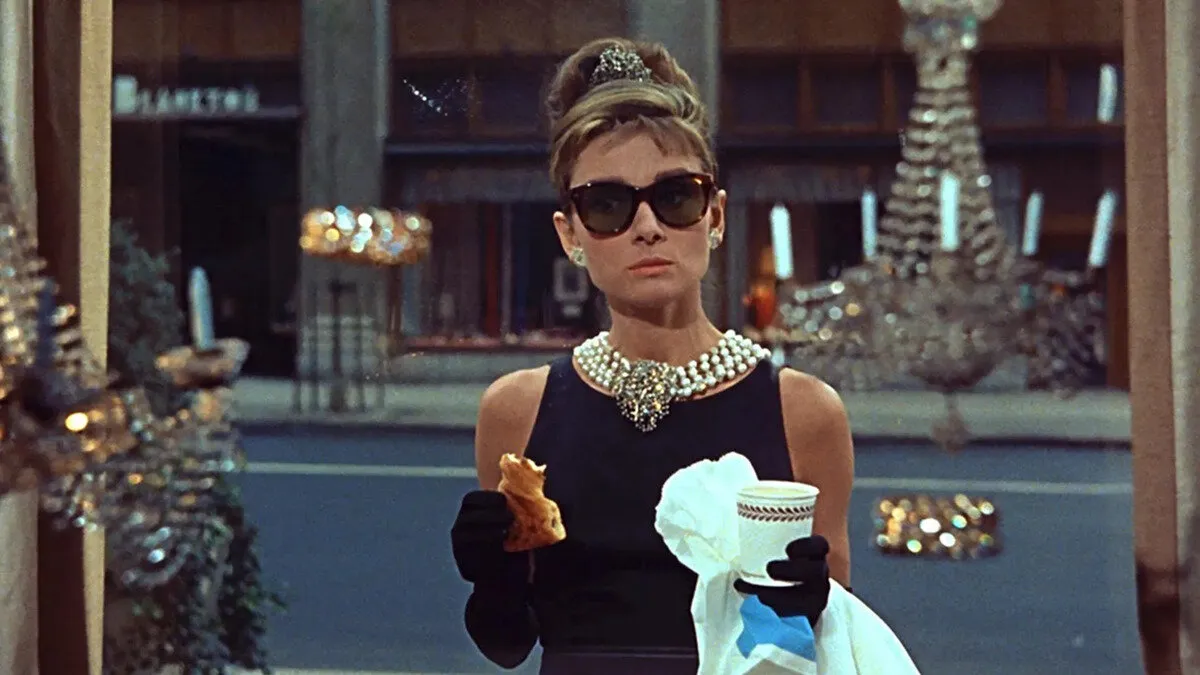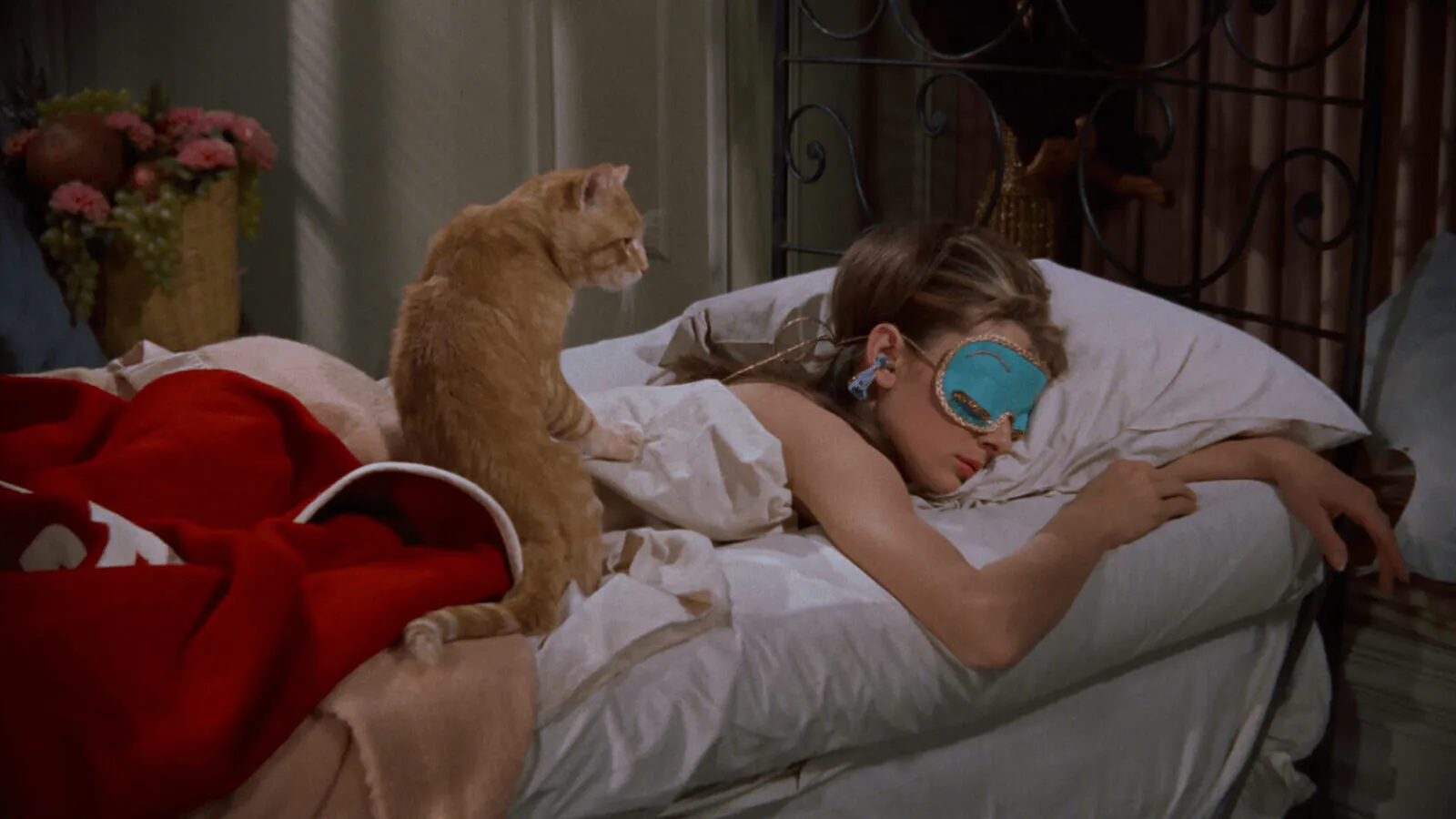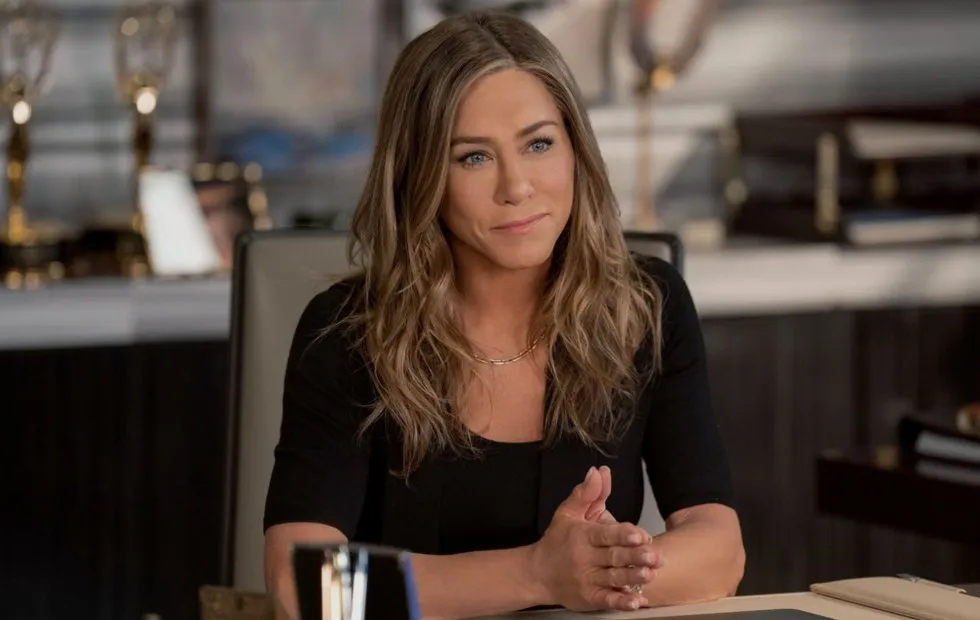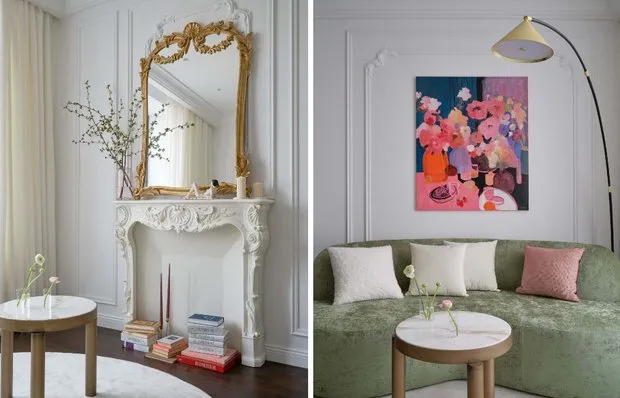There can be your advertisement
300x150
Breakfast at Tiffany's: What the Cult Film Concealed Behind the Scenes
Holly Golightly will remain in hearts forever, and that is perhaps the best award any film can receive
Sixty-three years ago, a film was released that changed the perception of style and elegance. Audrey Hepburn in a black dress by Givenchy stands in front of a jewelry store window with a croissant and coffee — this scene became an icon of cinema. But behind the glitz of Hollywood hid dramas, conflicts and compromises that were preferred to be left unspoken.
Main points of the article:
- Audrey Hepburn was not the first choice for the role of Holly Golightly — the studio wanted a completely different actress;
- The famous black dress became the most expensive costume in film history, but the actress almost refused to wear it;
- The author of the book Truman Capote was furious about the choice of the lead actress and criticized the film for years;
- Some scenes had to be reshot due to censorship, and the original ending was radically changed;
- The shoot nearly fell through due to a conflict between director and producer.
Audrey Was Not Initially Chosen for the Lead Role
When Paramount acquired the rights to adapt Truman Capote's novella, other names were listed for the role of Holly Golightly. The producers saw Marilyn Monroe — a blonde who perfectly matched the image of the dangerous beauty from the book.
Capote himself insisted on Marilyn's casting. 'Holly is a wild, sexy girl from the provinces who conquered New York,' he explained his choice. 'Audrey is too aristocratic for this role.' The writer even wrote a personal letter to Monroe, begging her to accept the filming.
But Marilyn refused. She was uncomfortable with the contradictory character — a girl living off men's support. In the early 1960s, such a role could seriously damage her reputation. Other candidates considered were Shirley MacLaine and Kim Novak, but director Blake Edwards insisted on Hepburn.
The Dress That Almost Became a Disaster
The iconic look of Holly Golightly didn't come immediately. Designer Hubert de Givenchy created several versions of the black dress for Audrey, but she doubted her choice. 'Black is too serious for a romantic comedy,' she worried during fittings.
Stylists suggested adding colorful accessories or changing the silhouette, but Givenchy stood his ground. He understood that simplicity and elegance were Audrey's main weapons. The result was an image copied by fashion lovers around the world decades later.
Interestingly, the famous sunglasses appeared in the frame by accident. Audrey suffered from severe conjunctivitis and couldn't remove her dark glasses even during filming. The director decided to keep them as part of the look — and he was right.

Photo from: kino.mail.ru
Scandal with the Original Author
Truman Capote didn't hide his dissatisfaction with the adaptation. The writer believed that Audrey Hepburn turned his complex, contradictory heroine into a 'sweet girl from a good family.' 'Holly Golightly is not a princess, but an adventurer,' he fumed in an interview. 'Hepburn is too innocent for this role.'
The conflict intensified when screenwriters radically changed the story's ending. In Capote's book, Holly disappears to Brazil, and readers never find out what happened to her. The Hollywood version gave the characters a happy ending — Holly stays with Paul in New York.
'They turned my complex novel into a sweet chew,' Capote kept repeating. The writer refused to attend the premiere and criticized the film in press for years. Reconciliation with the adaptation never happened.
Censorship Against Openness
The filming took place during strict Hollywood standards. The Hays Code forbade showing extramarital affairs, prostitution and other 'immoral' plots. However, the heroine of Capote's book earned her living by entertaining rich men.
Screenwriters George Axelrod and director Blake Edwards spent months finding ways to bypass censorship restrictions. Holly became a 'escort lady,' simply company for lonely gentlemen. Subtle hints remained, but no direct references to intimate services were in the script.
Even after these changes, censors demanded removing several scenes. In particular, the bathroom scene where Holly and Paul nearly kiss had to be remounted. In the final version, their moment is interrupted by a phone call.

Photo from: gazeta-pererabotka.gazprom.ru
Conflict on the Set
Director Blake Edwards and producer Martin Jurow didn't agree on how the film should be. Edwards wanted to preserve Capote's sharp humor and melancholy, while Jurow insisted on a light romantic comedy.
The conflict peaked during the final rain scene. Edwards saw it as dramatic and touching, while Jurow wanted to add more humor. As a result, the scene was reshot five times, each time changing the mood and dialogue.
Audrey Hepburn found herself between two fires. The actress supported the director's vision but understood the studio's commercial interests. 'I had to be a diplomat,' she recalled later. 'I wanted the film to be honest, but also appealing to audiences.'
The Song That Saved the Film
Composer Henry Mancini wrote several musical numbers for the film, but the main gem was 'Moon River.' Hepburn performed it herself, although a professional singer had been initially planned.
Hepburn's voice was far from perfect — she sang softly, almost whispering, sometimes faltering. But it was exactly this fragility and sincerity that made the performance unforgettable. Studio bosses wanted to replace the song with a more commercial composition, but Edwards flatly refused.
'Moon River' won an Oscar for Best Song and became one of the most recognizable soundtracks in cinema history. Years later, Audrey Hepburn admitted that this song was her dearest memory of filming.
The Legacy That Surpassed the Film
'Breakfast at Tiffany's' became more than just a movie. Holly Golightly's look influenced fashion, lifestyle and perceptions of female independence. The little black dress, pearl jewelry, high hairstyle — this look is still considered the standard of elegance.
Interestingly, the film itself received rather restrained reviews from critics. Many blamed it for superficiality and departure from Capote's original work. But audiences embraced the story enthusiastically — and time proved their right.
Today, 'Breakfast at Tiffany's' is included in lists of the greatest films of all time. Audrey Hepburn’s black dress was sold at Christie's auction in 2006 for a record $923,000 — one of the highest prices paid for a movie costume in history.
Perhaps Truman Capote never forgave Hollywood's liberal interpretation of his work. But millions of viewers are grateful to the film creators for giving the world a perfect image — fragile, contradictory and infinitely charming. Holly Golightly will remain in hearts forever, and that is perhaps the best award any film can receive.
Cover from: gazeta-pererabotka.gazprom.ru
More articles:
 Before and After: How We Transformed a 6 sqm Kitchen in a Khrushchyovka on a Budget
Before and After: How We Transformed a 6 sqm Kitchen in a Khrushchyovka on a Budget How to Organize Space in a Small Apartment: 7 Great Ideas from the Project
How to Organize Space in a Small Apartment: 7 Great Ideas from the Project Designing Khrushchyovka: 5 Great Projects to Note
Designing Khrushchyovka: 5 Great Projects to Note How to Remove Dust from Home for a Month: Effective Method That Works
How to Remove Dust from Home for a Month: Effective Method That Works How Jennifer Aniston Lives: Home, Rituals and Favorite Things
How Jennifer Aniston Lives: Home, Rituals and Favorite Things 7 Interior Details That Reveal Bad Taste
7 Interior Details That Reveal Bad Taste Antitrends: 7 Things to Avoid in Your Interior
Antitrends: 7 Things to Avoid in Your Interior 6 interesting solutions we found in a stylish studio apartment
6 interesting solutions we found in a stylish studio apartment